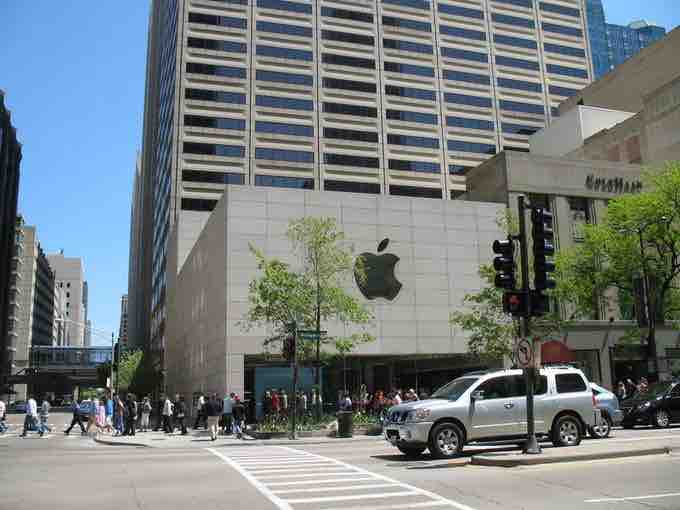A business-to-consumer market, or B2C, is the sale of goods and services from individuals or businesses to the end user. The seller makes its products or purchases them at a wholesale price, then sells them at a higher (or retail) price to the consumer, thus earning a profit. The consumer uses the products for his or her own personal use and is not interested in reselling the product. The types of product features consumers desire include value, convenience, efficiency in operation, dependability in use, and/or improvement in earnings. In B2C marketing situations, the marketer must always:
- successfully match the product or service strengths with the needs of a definable target market
- position and price to align the product or service with its market
- communicate and sell it in the fashion that demonstrates its value effectively to the target market
Business to Consumer Channels
There are two main channels for business-to-consumer selling. The first is the traditional "brick-and-mortar" store – a physical location for consumers to visit. Shopping malls, grocery stores, and restaurants are all examples of brick-and-mortar stores . Usually, a brick-and-mortar establishment offers consumers the chance to see, touch, and/or try the products. It also allows companies to provide face-to-face customer service.

Apple Retail Store
The Apple retail store in Chicago, Ill. is an example of a "brick-and-mortar" store.
The other main channel for business-to-consumer selling is e-commerce, or commercial activity conducted via the Internet. Sometimes known as "click-and-mortar," this channel is rapidly expanding, as more people use the Internet for purchases of both goods and information. Business-to-consumer e-commerce reduces transaction costs by increasing consumer access to information and allowing them to find the most competitive price for a product or service. For companies, developing and maintaining a website is easier and less expensive than building and occupying a brick-and-mortar store. Examples of e-commerce stores are amazon.com, walmart.com, and barnesandnoble.com.